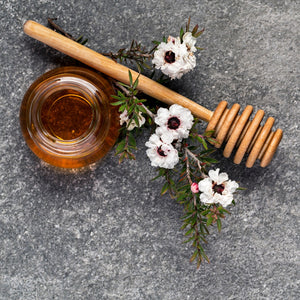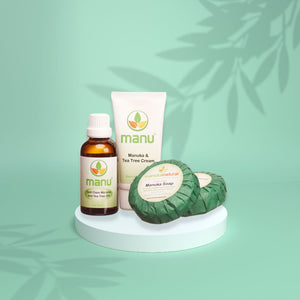
Australia tries to cash in on Manuka honey
Recently Australian honey producers have been contesting the name Manuka to describe their honey from a different species of plant from a similar genus.
Manuka honey originates in New Zealand from the species leptospermum scoparium, this species grows all over New Zealand and in Northern regions the nectar of the flowers contain high levels of dihydroxyacetone which the bees turn into methylglyoxal which has very high antimicrobial properties when it is at high concentrations in the honey.
By comparison Australia has a different species called Leptospermum polygalifolium commonly known as Jellybush.
This honey also can contain additional antimicrobial properties, however it is NOT Manuka
Manuka is a Maori word and the Maori people have been using Manuka medicinally for at least 900 years.
Records show that Maori used the seeds and bark sap to treat a range of health issues for generations, such extracts which are now produced commercially by steam extraction and distillation to produce essential oil high in triketone compounds which also have very powerful antimicrobial properties.
These oils can be used to treat both bacterial, fungal and viral infections either in concentrated form or in formulations of creams, soaps and shampoos.
In some cases the oil is also used in conjunction with Manuka honey for specific skin conditions like acne, seborrheic dermatitis and eczema.


